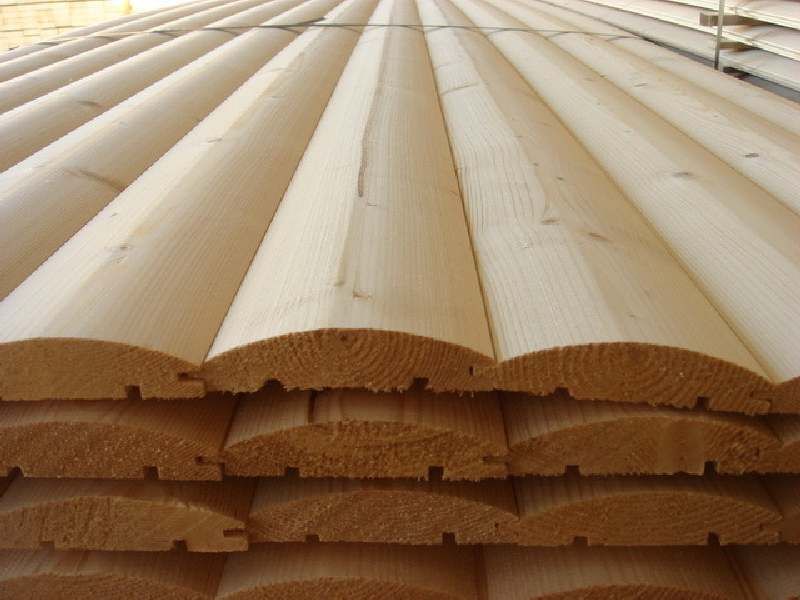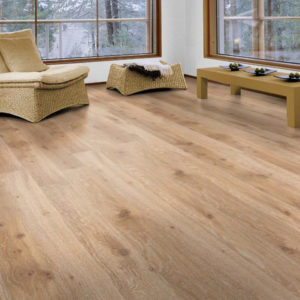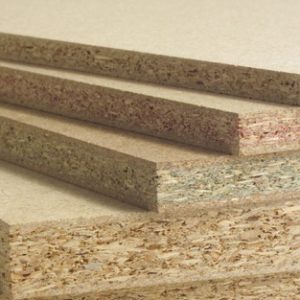Products

Rail
November 6, 2018
Floor Board
November 6, 2018Block House
Block-house (block-house, or block-house, block house) is a planed board of the panel type, made in the form of a segment of a rounded log or a profiled bar. Designed for interior and exterior decoration of rooms and buildings.
History of
The block house is a type of wall paneling, and emerged after its popularization, in the early 90s of the 20th century. A new type of sawn timber quickly conquered the European market, and then the post-Soviet space. Currently, it is one of the most demanded building materials from wood.
Manufacturing technology and installation
On an industrial scale, a block house is made from a log in a “square in a circle” pattern. That is, a board or a bar is made from the central part of a log with a rectangular cross section, and block-block-type lining is made from the edges (with a glaze or semi-brow). In small quantities block-type lining is produced as regular lining by
processing edged boards on a four-sided milling machine. The workpiece is fed to the rotating cutters, which make the tongue (thorn), groove, round the front side and
make the grooves.
Installation of the block house is carried out by laying on a prepared surface. The installation process starts from the bottom up. The first board is set exactly and
horizontally. When the outer paneling set the groove down to prevent moisture. When the inner lining of the board set the groove
up – this allows you to more effectively mask the junction. Fastening of the panels is carried out by their connection: the tongue is driven into the groove, providing a tight
fit the panels to each other.
Material
A block house is most often made from coniferous wood – pine, spruce, fir, cedar or larch. Production lining type block house
possibly from aspen, birch or linden.
Standard sizes
Timber “block house” is produced in lengths from 2,000 to 6,000 mm. The width of such lining is measured as the useful width of the front surface, and the thickness is the maximum
board thickness regardless of section. In Ukraine, the most common are the following sizes:
20 × 90 × 2 000 mm
20 × 90 × 6 000 mm
30 × 140 × 2 000 mm
30 × 140 × 6 000 mm
36 × 190 × 2 000 mm
36 × 190 × 6,000 mm
Classification
Class A allows strong knots with minor damage, as well as
healthy knots, resin pockets and wormholes up to 3 mm wide, but no more than
50 cm on the item m.
Class B assumes healthy dark knots up to 45 mm in size, not ingrown knots up to
65 mm and knots with damage, cracks up to 1 mm thick in total not exceeding
a quarter of the product. In addition, pitch pockets and wormholes with a width of not
more than 8 mm.
The classification of wood defects is established by GOST 2140-81 “Visible defects
wood Classification, terms, definitions.
In Belarus, Ukraine and Kazakhstan, the classification according to the European
DIN 68126/86 standard. Grade is defined as follows: Extra, A, B, C. Such
classification is most often used by the population.








